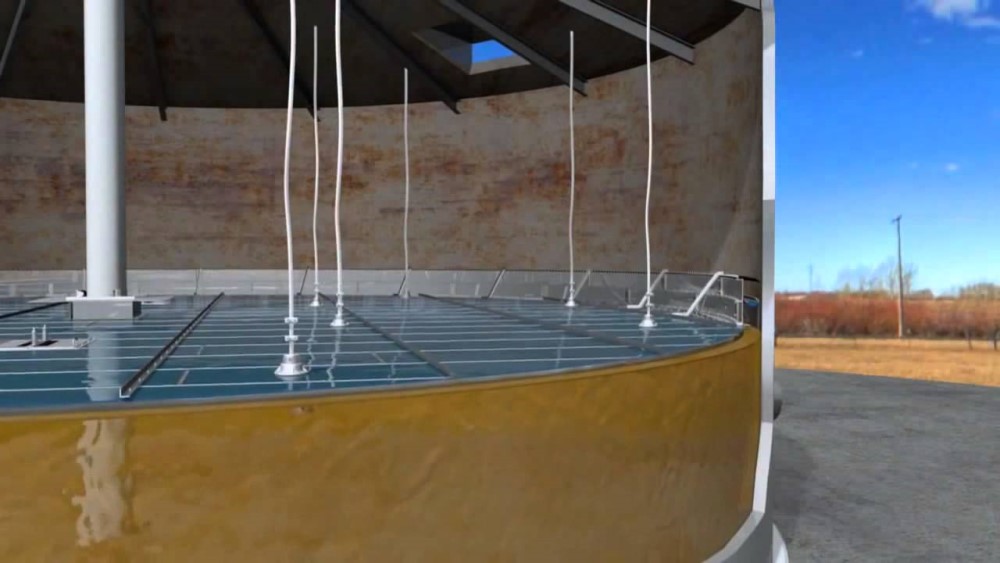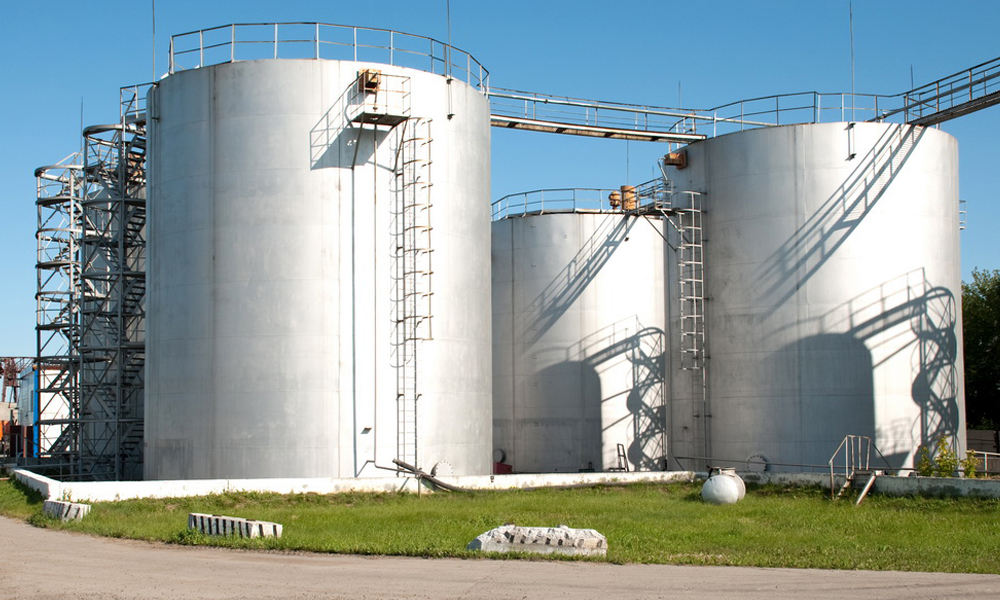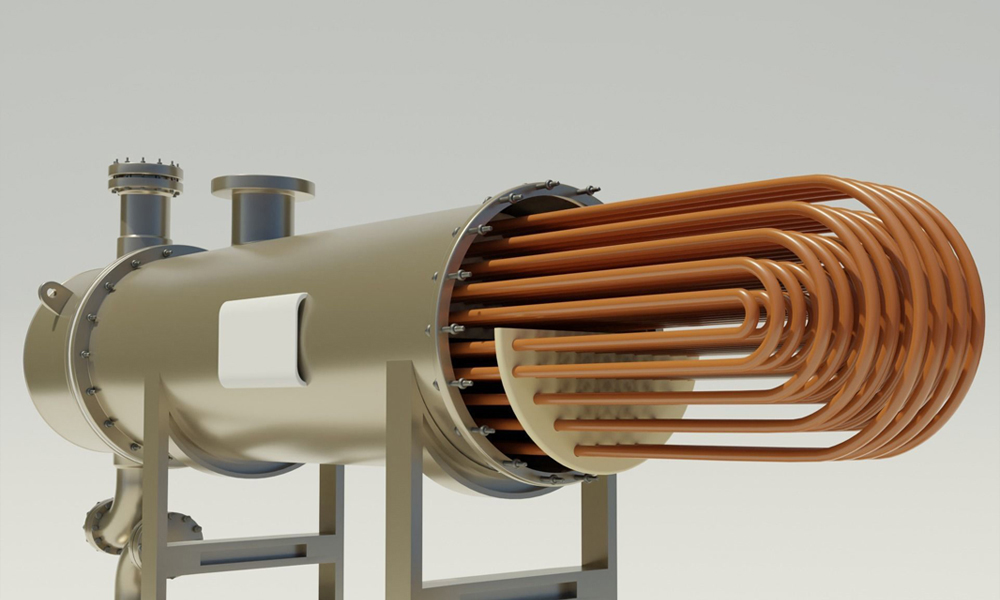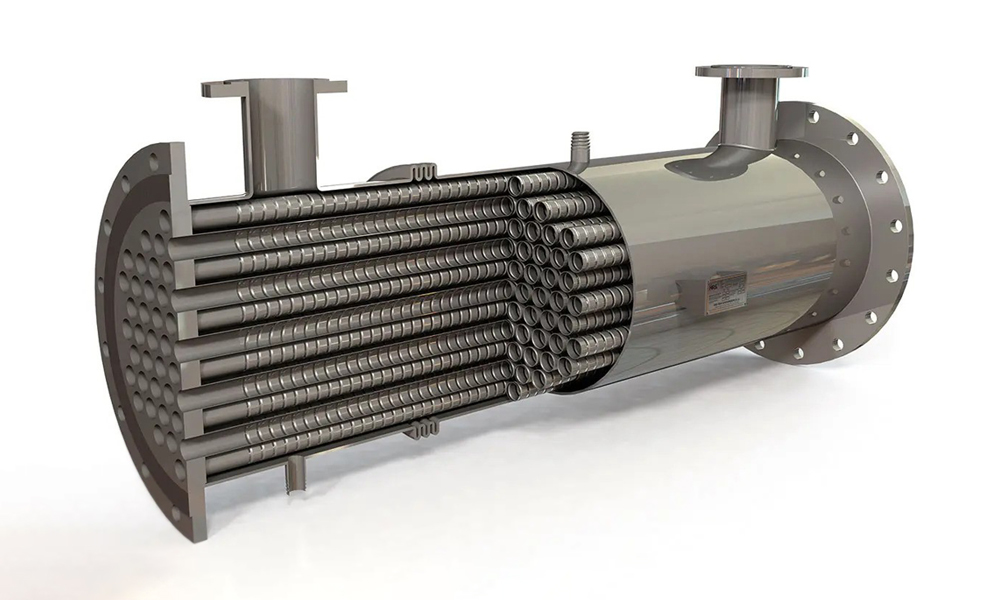Floating Roof Tanks are advanced storage equipment used in the oil, gas, and petrochemical industries to store various materials safely. These tanks have a floating roof that rests on the liquid surface and moves up and down as the level of the liquid changes. This design provides significant advantages, including reducing evaporation rates and controlling the temperature of the stored materials.
This article discusses the construction phases of floating roof tanks and details each step.
Initial Design and Analysis
The initial phase of constructing floating roof tanks, like any other precise engineering equipment, involves detailed design and analysis. During this phase, various parameters such as required capacity, type of material to be stored, geographical conditions, safety requirements, and industrial standards are considered.
Choosing the type of floating roof is also an important aspect at this stage, as roofs can be designed either as internal floating roofs or external floating roofs, each with specific applications. Petrosazeh, a pioneer in this field, offers a range of designs for different types of tanks using advanced technologies and adhering to international standards.

Raw Material Preparation
The appropriate raw materials for constructing the tank typically include high-quality steel alloys resistant to corrosion, chosen based on the nature of the fluid to be stored. Selecting suitable materials based on their mechanical and chemical properties is crucial, as these tanks are often exposed to harsh environmental conditions and corrosive chemicals.
Tank Body Construction
The process of constructing the tank body generally involves assembling and welding metal sheets to form the tank’s walls. Precision in welding is vital due to the high importance of the tank’s structural integrity. Any defects in welding can lead to leaks or cracks in the tank walls. Petrosazeh, using specialized teams and advanced equipment, produces the tank bodies with high quality and in accordance with global standards.
Installation and Assembly of the Floating Roof
The floating roof is one of the key components of these tanks, which is fabricated separately and then installed onto the structure. In floating roof tanks, the roof is in direct contact with the stored liquid, making its precise design and correct installation crucial. The floating roof features special sealing systems that prevent air from entering and minimize evaporation of materials. Preventing evaporation helps reduce pollution generated by the tanks to a minimum or zero.
Installation of Safety and Protective Systems
Using safety and protective systems to safeguard individuals and maintain tank integrity is essential. These systems include fire suppression and leak detection systems. Fire suppression systems automatically activate in the event of a fire and prevent the spread of flames to other areas. Petrosazeh uses advanced safety and protective systems in the construction of its tanks to ensure complete safety for the stored materials.
Painting and Protective Coatings
The painting of floating roof tanks plays an important role in enhancing their surface resistance to weather conditions and corrosion. To increase durability and longevity, special protective coatings are applied to prevent metal corrosion caused by moisture, heat, and other environmental factors. Anti-corrosion coatings are also applied to the internal areas in direct contact with the liquid.
Final Testing and Inspection
In the final stage, various tests are conducted to assess the safety, health, and performance of the tank. These tests check for leaks, welding strength, and structural integrity to ensure the quality and safety of the floating roof tanks. Petrosazeh subjects all its tanks to rigorous testing using advanced technologies and expert teams, guaranteeing that the final product complies with international standards.

Conclusion
In conclusion, the construction of floating roof tanks, adhering to strict safety standards and utilizing advanced technologies, contributes to the development of reliable and sustainable storage equipment for the oil, gas, and petrochemical industries. Petrosazeh, offering complete services from design to final implementation and operation, ensures that all its tanks are manufactured with precision and quality in line with international standards, fulfilling customer needs to the highest degree. Customer trust in Petrosazeh is the result of a commitment to quality, safety, and innovation in industrial tank manufacturing.







